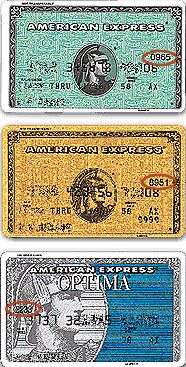Where do I find the CVV?
Visa (three-digit CVV2 – Card Verification Value)
The CVV2 is the last 3 digits after the credit card number on the back of the card in the signature area.

MasterCard (three-digit CVC2 – Card Validation Code)
The CVC2 is the last 3 digits after the credit card number on the back of the card in the signature area.

Discover (Called the CID – Card Identification)
The Discover CIDis the last 3 digits after the credit card number on the back of the card in the signature area.

American Express (four-digit CID – Card Identification)
The AmEx CID is printed on the front of the card, above and to the right of the embossed card number

What if my card is not one of those listed above?
CVV is currently supported only for Visa, MasterCard, American Express and Discover.
What is the CVV?
CVV stands for Creditcard Validation (or Verification) Value. Visa, MasterCard, American Express and Discover all have a version of the CVV to reduce merchant risk in Card-Not-Present transactions (like Internet, telephone or mail-order). The CVV code adds assurance that the consumer placing the order has access or physical possession of the credit card itself in order to use the CVV code.
The CVV is a 3 or 4 digit code embossed or imprinted on the reverse side of Visa, MasterCard and Discover cards and on the front of American Express cards. Visa, MasterCard, American Express and Discover have been using the CVV since the late 1990’s. The CVV is an important layer of security to help you reduce your risks in accepting card-Not-Present transactions and may be required or recommended by your payment processor or merchant bank.

